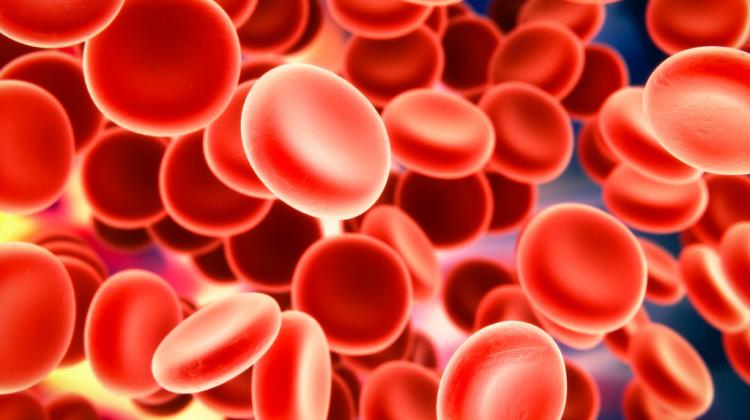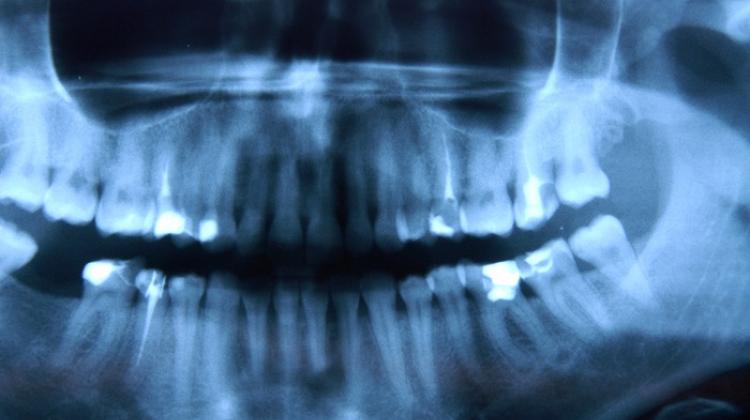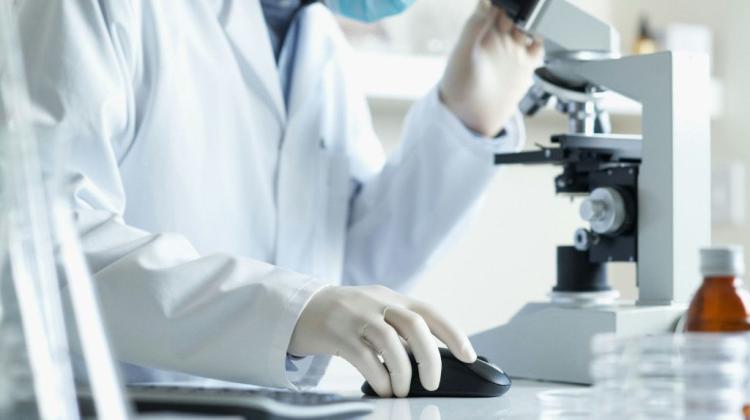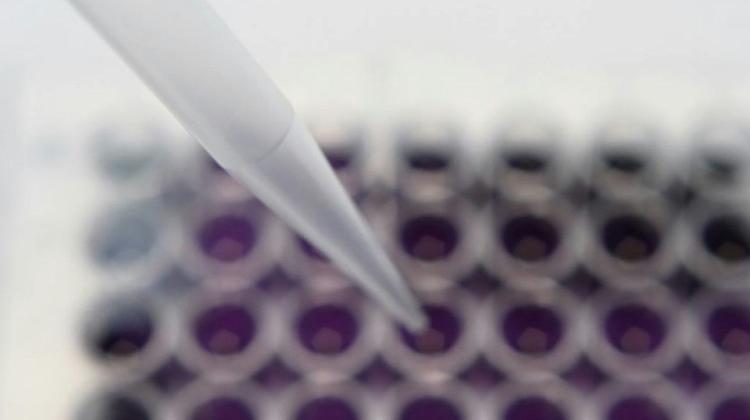Stem cells will help regenerate leg muscles
 Photo: Fotolia
Photo: Fotolia
Stem cells involved in the formation of various tissues of the body, can help to treat a variety of ailments. Researchers at the University of Warsaw want to use them to regenerate damaged leg muscles. Regeneration process in one patient could take about a month - said Dr Edyta Brzóska-Wójtowicz.
Stem cells are the most basic, primary cells of the body that are involved in the formation of various other tissues. They can undergo an infinite number of divisions. Each stem cell creates more stem cells. They can also be converted into other types of cell, from skin cells to liver or brain cells. As a result, stem cells can be used to culture other specialized cells and replace diseased organs or tissues. There are many types of stem cells, which differ, for example, in the ability to generate other tissues, or differentiating into cells of other types.
Such cells may be found in practically throughout the body, but most of them are found in the bone marrow, blood, adipose tissue and muscle tissue. Cord blood is also a very good source.
Currently, researchers around the world are looking for opportunities to use stem cells in medicine. One method is the transplantation of a patient\'s own isolated stem cells. This is the ideal situation in which there is no risk of rejection of graft or stem cells from a donor.
Research into stem cell therapy is conducted also in Poland. Edyta Brzóska-Wojtowicz, winner of L\'Oréal Poland for Women and Science researches this topic at the Department of Cytology, Faculty of Biology, University of Warsaw. She works with a team of researchers who are investigating the possibility of regeneration of skeletal muscles using non-muscle stem cells.
"Simply put, we are trying to get the patient\'s with damaged skeletal muscle own stem cells to participate in the regeneration of the muscle fibres" - said Dr. Edyta Brzóska-Wójtowicz.
Any healthy skeletal muscle has a pool of stem cells. When the muscle tissue is damaged, these cells are activated. They first transform into the muscle cells and then join together to recreate the entire muscle fibre. "This process may, however, be disrupted as a result of the larger mechanical trauma, age-related conditions or diseases such as diabetes, cancer and various myopathies, diseases which prevent muscle fibres from functioning properly, resulting in muscle weakness" - described Dr. Brzóska-Wójtowicz. "Then we have to mobilize the cells from other parts of the body to regenerate the damaged muscle" - she added.
Researchers at the University of Warsaw want to use stem cells from bone marrow or adipose tissue for the regeneration of skeletal muscles in the foot. Currently they are verifying the effectiveness of both types of cells.
The regeneration process is supported by cytokines, or specific proteins, which researchers inject around damaged fragments of muscle tissue. Stem cells have special proteins, which - if they bind to the administered cytokines - help stem cells settle in the damaged areas. "This mechanism occurs naturally during tissue regeneration, and we want to make it more effective in the case of regeneration disorders" - Dr. Brzóska-Wójtowicz noted in an interview with PAP.
Dr. Brzóska-Wójtowicz’s research is a hope for victims of accidents with damaged muscles. "In mice, such damaged tissue treated with stem cells regenerates in 14 days. In humans, it will take longer and, of course, will depend on the size of the damage. Generally speaking, the process of muscle regeneration would take about a month" - the researcher described.
The rate of tissue regeneration to a large extent depends of the patient’s condition, the immune system, possible diseases. Regenerative capacity also decreases with age. "We have been conducting our research for several years. Now we carry out projects aimed at the implementation of research results. According to very optimistic estimates, the implementation of the whole method could happen in 10-20 years" - reserved Dr. Brzóska-Wójtowicz.
PAP - Science and Scholarship in Poland, Ewelina Krajczyńska
ekr/ ula/ mrt/
tr. RL
Przed dodaniem komentarza prosimy o zapoznanie z Regulaminem forum serwisu Nauka w Polsce.


















